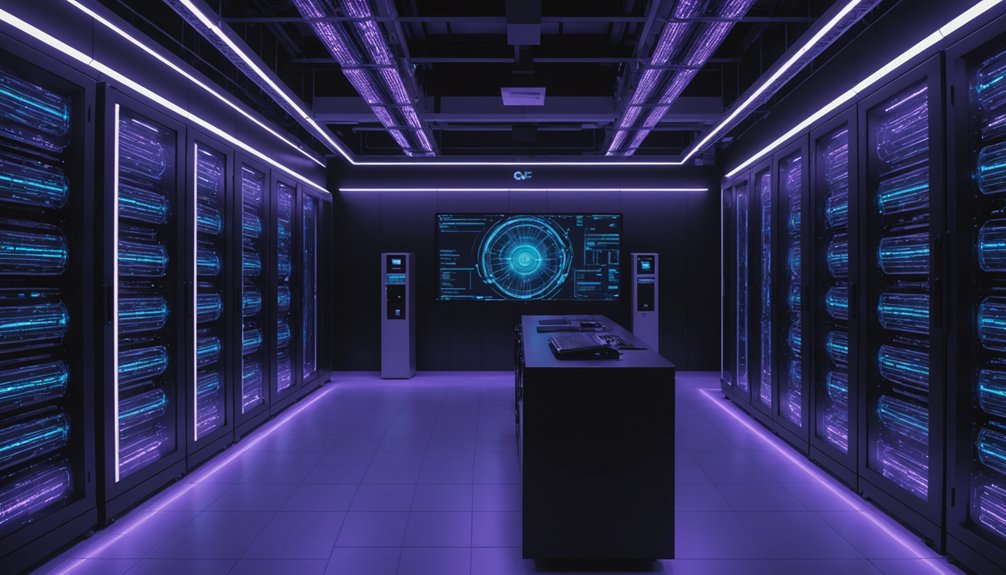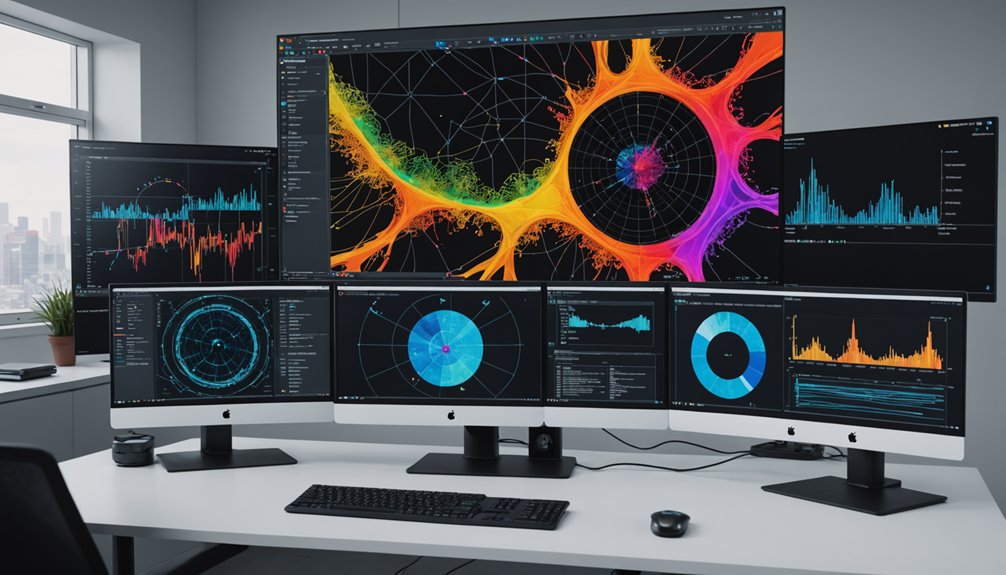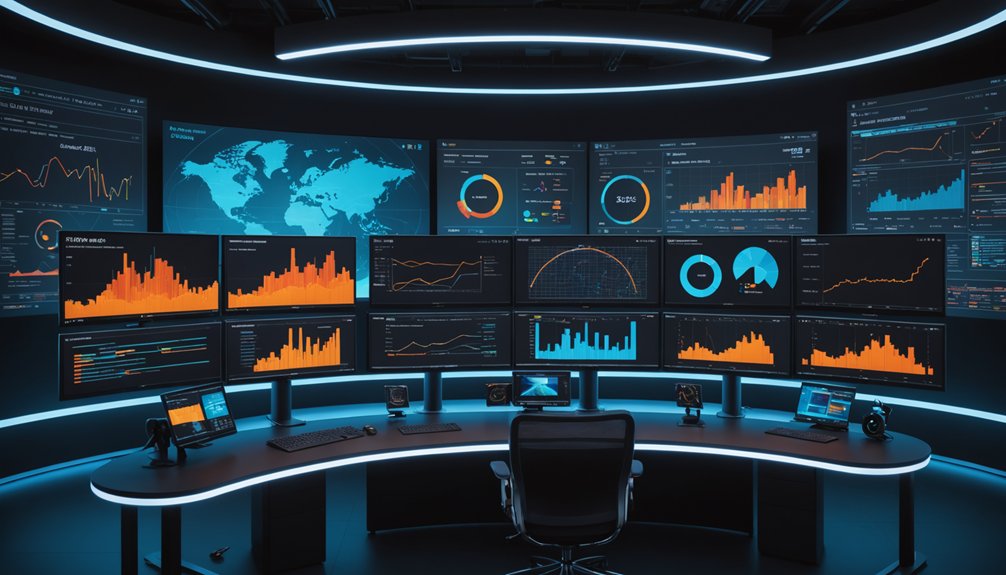Hyperparameter tuning in 2025 combines efficiency with intelligence. Start with defaults, then iterate strategically. Grid search offers reliability; random search works with parallel computing; Bayesian methods adapt intelligently. Test on data subsets first—nobody wants to waste compute cycles. Cross-validation remains non-negotiable. Document everything or regret it later. The right strategy depends on your specific problem. Financial models need different approaches than social media algorithms. Smart tuners know garbage data ruins even perfect parameters.

While machine learning models can work magic, they’re only as good as their hyperparameters. Let’s face it—even the fanciest algorithm turns useless with poor parameter choices. The difference between a model that predicts garbage and one that delivers insights? Often just a few well-tuned numbers.
By 2025, the landscape of hyperparameter tuning has evolved dramatically. Grid search remains the old reliable—methodical, transparent, and completely exhaustive. Boring? Maybe. Effective? Absolutely. Random search, meanwhile, shines when you’ve got computing resources to burn in parallel. Throw a bunch of configurations at the wall and see what sticks.
When it comes to tuning, grid search is your reliable workhorse—methodical but effective. Random search? Perfect for those with parallel computing firepower.
Bayesian optimization has gained serious traction for complex models. It’s like having AI-powered detection that continuously learns and adapts to new patterns for optimal performance. It’s smarter than the average approach—learning from previous results instead of blindly testing combinations. This isn’t your grandpa’s parameter tuning. Hyperband takes efficiency even further by killing underperforming jobs early. No point wasting compute on a dud configuration.
The smart money focuses on critical parameters first. Learning rate and tree count in gradient boosting algorithms? Game changers. Everything else? Secondary. Domain knowledge matters too—banking models need different optimization strategies than social media algorithms. Shocking, right? Proper documentation of experiments and results is essential for maintaining reproducibility and analysis. Careful tuning prevents model overfitting which can occur when parameters are too aggressively optimized.
Most data scientists now leverage automation libraries like Optuna or GridSearchCV. Manual tuning? That’s so 2020. Cross-validation remains non-negotiable—a model that works only on one dataset is practically useless in production.
The savviest practitioners start simple with defaults, then iterate. They test on data subsets before committing to full-scale tuning. And they understand their hyperparameter space—continuous vs. discrete parameters require fundamentally different approaches.
Best practice for 2025 comes down to this: match your strategy to your problem. Big job with time constraints? Hyperband. Need reproducibility? Grid search. Working with complex parameter interactions? Bayesian methods win. In financial applications like credit risk assessment, optimizing parameters can lead to significant performance improvements that directly translate to reduced financial risk.
And remember—even perfect hyperparameters can’t fix fundamentally flawed data. Garbage in, garbage out. Some things never change.
Frequently Asked Questions
How Does Hyperparameter Tuning Affect Model Interpretability?
Hyperparameter tuning markedly impacts model interpretability. Complex models with numerous parameters become black boxes. Simpler configurations? Way easier to understand.
Regularization hyperparameters control model complexity directly—tune them wrong and good luck explaining your results to anyone. There’s an unavoidable trade-off: performance versus transparency. Some parameters (like decision tree depth) dramatically affect interpretability.
The more you optimize for accuracy, the harder it gets to explain what’s happening inside. That’s just reality.
When Should I Stop Hyperparameter Tuning to Avoid Overfitting?
Hyperparameter tuning should stop when validation performance plateaus. Simple as that. Scientists agree: continuing beyond this point just teaches models to memorize noise in training data.
Cross-validation helps catch this, showing when improvements become statistically insignificant. Some use early stopping criteria or monitor validation metrics closely. Others apply regularization techniques alongside tuning.
Smart data scientists also consider computational costs versus potential gains. No point burning resources for negligible improvements, right?
Are There Field-Specific Hyperparameter Tuning Strategies for Different Industries?
Different industries definitely need their own hyperparameter tuning approaches.
Healthcare demands Bayesian optimization for precision—lives depend on it.
Finance? Random search. Speed matters when money’s on the line.
Manufacturing sticks with grid search. Predictable. Boring. Effective.
Tech companies love Hyperband for efficient resource allocation during massive model training.
Automotive uses advanced techniques for their complex datasets.
One-size-fits-all doesn’t work here. Each field has unique constraints, priorities, and regulatory concerns.
Simple as that.
How Can I Effectively Tune Hyperparameters With Limited Computational Resources?
Limited resources? No problem. Prioritize key hyperparameters first—learning rate and regularization usually give the biggest bang for your buck.
Random search outperforms grid search with fewer trials, simple fact. Early stopping saves compute time on models going nowhere.
Hyperband algorithm efficiently allocates resources, killing underperforming configurations fast. For seriously constrained setups, model simplification works wonders.
Some pros use successive halving—brutal but effective. Cloud computing isn’t always necessary. Smart strategies beat brute force every time.
What’s the Environmental Impact of Extensive Hyperparameter Tuning?
Extensive hyperparameter tuning comes with a hefty environmental price tag.
Carbon footprints balloon as computations multiply. Energy consumption? Through the roof. All those GPU hours add up, folks.
Multi-fidelity optimization and early stopping techniques can limit the damage, but let’s face it—computing resources aren’t free for the planet.
Data centers gulp electricity. Some companies are switching to greener energy sources and more efficient hardware.
Still, the environmental cost is real. No way around it.




